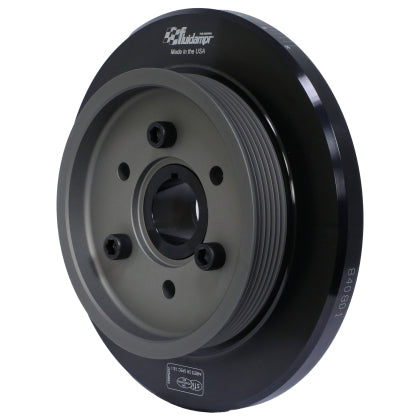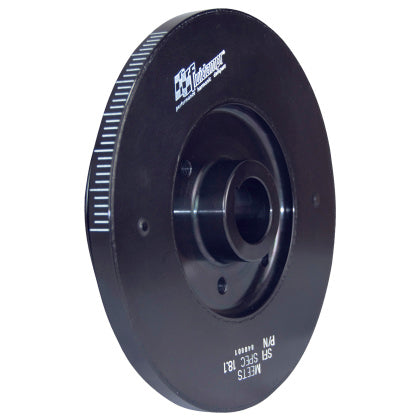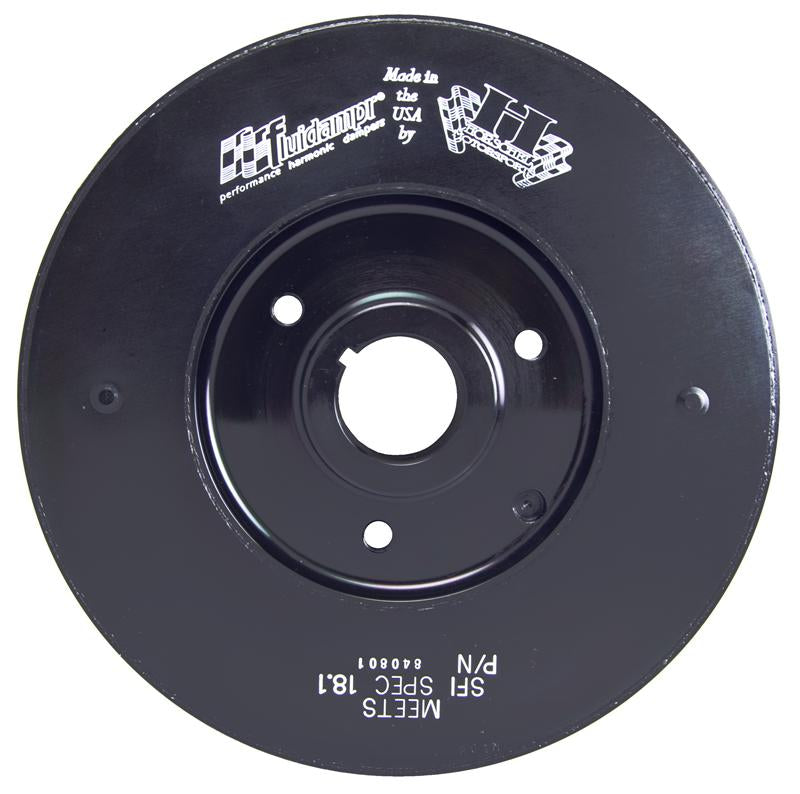Fluidampr Toyota 2JZ/1JZ I-6 Steel Internally Balanced Damper Harmonic Balancer Crank Pulley
Fluidampr Toyota 2JZ/1JZ I-6 Steel Internally Balanced Damper Harmonic Balancer Crank Pulley
13 in stock
Couldn't load pickup availability
Fluidampr Harmonic Balancer for Toyota 1JZ/2JZ I6 engines. Upgrade and replace your factory rubber damper to avoid common issues of it flying off, a prevalent concern with 2JZ engines. This high-quality balancer, with a weight of 9.8 lbs and rotating weight of 6.5 lbs, ensures optimal engine performance. Featuring a bore diameter of 1.3783”, engraved degree markings in a 31 timing mark range, and internal engine balance, it’s a reliable choice. The black zinc finish, single keyway, and steel material make it durable and efficient. Secure your engine’s longevity with this essential upgrade.
Fluidampr Engine Dampers are designed to control destructive vibrations which are transfered thru the crankshaft. Each time the air/fuel mixture inside a cylinder is ignited, the combustion that occurs creates a torque spike that is applied to the crankshaft through the piston and rod. This torque spike is so severe that it not only turns the crankshaft, it actually twists the crankshaft ahead of its normal rotation and then the crankshaft rebounds. This twisting action is known as torsional vibration. When these torque spikes and forces get into phase with the natural frequency, critical torsional harmonic vibrations occur and can be seriously destructive to the bearings and the crankshaft. Dampers are designed to control those destructive vibrations. Critical harmonic vibrations occur numerous times in a engine’s operating range. Stock rubber and elastomer-type dampers are frequency sensitive “tuned absorbers”, and work at only one critical frequency. In the case of a stock rubber damper, it is tuned for a factory engine’s critical harmonic vibrations. If you change the mass of pistons, rods, or the crankshaft, you change the natural frequency of the crankshaft assembly; therefore, the stock damper is no longer tuned to the new frequency of vibration, and you may be headed for early failure of expensive engine components. Dampers also create heat while they work, and rubber is a poor dissipator of heat. This heat and the exposure to the elements deteriorates rubber, causing it to crack and change durometer, which then leads to inertia ring slippage, damper failure, uncontrolled torsional vibration, and costly engine parts breakage.






